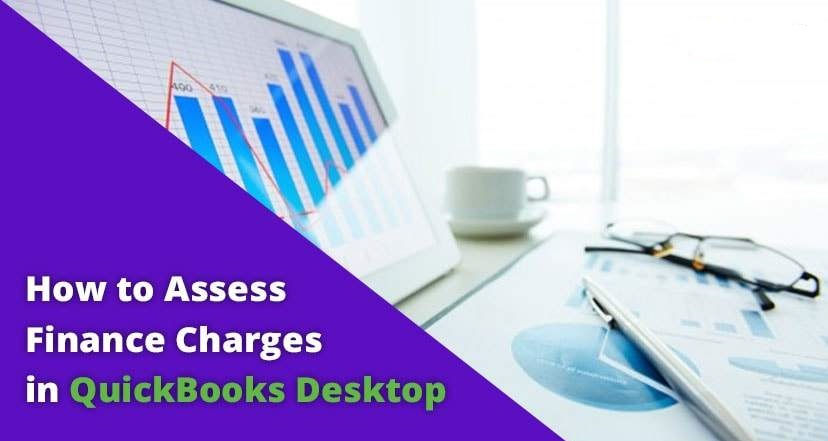Assessing Finance Charges In QuickBooks
- kevindelton2
- Dec 3, 2020
- 2 min read
How to Assess Finance Charges in QuickBooks
It is possible to tell QuickBooks to evaluate finance charges on overdue customer invoices. To get this done, you first put up the finance charge calculation rules. When you’ve done this, it is possible to assess finance charges on overdue amounts by choosing the QuickBooks command.

Setting up finance charge rules
To setup the finance charge rules, choose the Edit → Preferences command. When QuickBooks displays the Preferences dialog box, click the Finance Charge icon and then click on the Company Preferences tab. The Preferences dialog box at this stage should seem like this. If You want to know learn about Assessing Finance Charges In QuickBooks then call our Proadvisors.
To share with QuickBooks how it should calculate the finance charges, enter the annual interest rate that you’ll use for calculating charges within the Annual Interest Rate (%) box. Go into the minimum finance charge amount that you assess within the Minimum Finance Charge box. If you'd like to create a grace period, go into the wide range of grace-period days into the Grace Period (Days) box.
Use the Finance Charge Account drop-down list to specify the QuickBooks income account to which finance charge revenue should really be credited. Choose the Assess Finance Charges on Overdue Finance Charges check box if you want to charge finance charges on finance charges. Finally, use the Calculate Charges From radio buttons — Due Date and Invoice/Billed Date — to specify the date from which finance charges should always be calculated. Once you’ve provided these records, you can click OK to truly save your finance charge calculation rules.
Calculating finance charges
After you set up the finance charge rules, you can easily assess finance charges on overdue invoices. For this, choose Customers → Assess Finance Charges. QuickBooks displays the Assess Finance Charges dialog box. This dialog box lists all of the overdue invoices that customers owe both you and, based on your finance charge calculation rules, calculates a finance charge.
To assess the finance charge to a specific customer, click the Assess field for the customer. (By default, QuickBooks assumes that you want to evaluate finance charges whenever a customer’s account is past due.) In the event that you don’t want to assess finance charges to a particular customer, eliminate the check mark from the Assess field by clicking it. Once you’ve identified which customers should really be assessed finance charges, click on the Assess Charges button. QuickBooks essentially creates a fresh invoice for every of those customers. These new invoices charge the shoppers a finance fee.
In case, any of the above steps are unclear, and you're unsure the direction to go about it, it is highly better to keep in touch with a technical expert at QuickBooks Customer Support Number



Comments